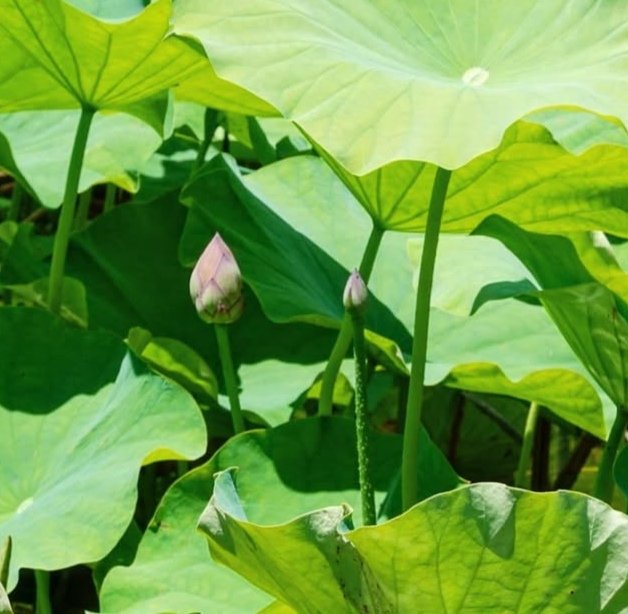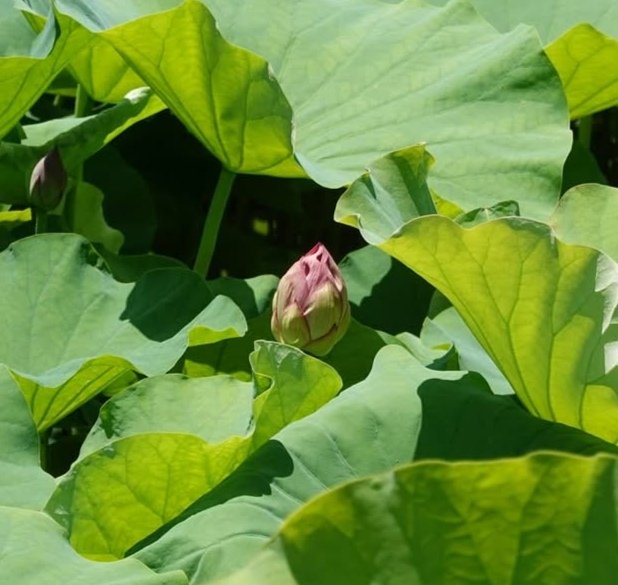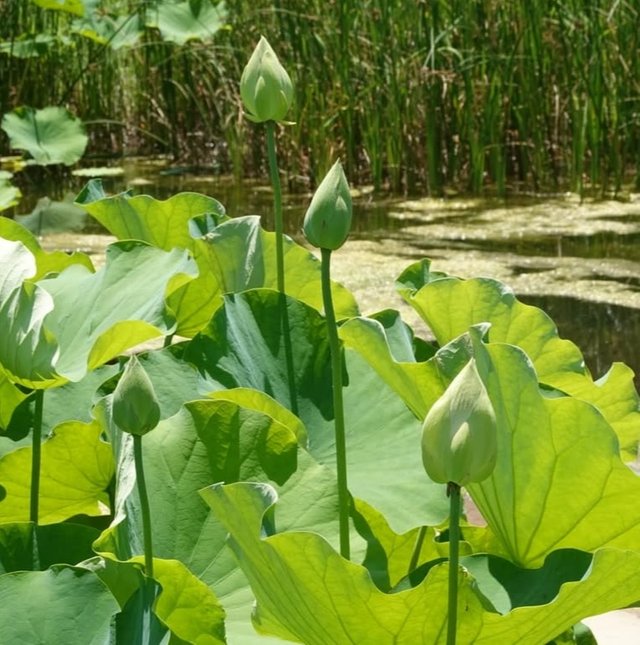Nelumbo nucifera: The Sacred Lotus of Asia
Nelumbo nucifera, commonly known as the sacred lotus, Indian lotus, or simply lotus, is one of the most revered and iconic aquatic plants in the world. Native to Asia, particularly in countries such as India, China, Japan, and Vietnam, this extraordinary plant holds a unique position at the intersection of botany, culture, spirituality, and art. With its exquisite blossoms rising above still waters and its remarkable biological features, the lotus is much more than just a beautiful flower—it is a symbol of purity, resilience, and transcendence.
Botanical Profile
Scientific name: Nelumbo nucifera
Family: Nelumbonaceae
Common names: Sacred lotus, Indian lotus, Bean of India, East Indian lotus
Habitat: Shallow ponds, marshes, lagoons, and floodplains
Range: Native to tropical and temperate Asia and northern Australia
Nelumbo nucifera is a perennial aquatic plant rooted in the mud of freshwater ponds and lakes. Its round leaves, often up to 60 cm in diameter, float atop the water or stand above it on long petioles. The majestic flowers, ranging in color from pale pink to deep rose, can reach up to 30 cm in diameter and are held aloft on sturdy stems. Each bloom opens in the morning and closes in the afternoon, with flowers lasting about three days.
Anatomy and Adaptations
One of the most fascinating traits of Nelumbo nucifera is its self-cleaning ability. Its leaves have microscopic structures that repel water and dirt, a phenomenon known as the “lotus effect.” This hydrophobic surface helps keep the leaves clean, maximizing photosynthesis and discouraging bacterial growth.
The seeds of the lotus are also biologically remarkable. They possess an extremely hard outer coating and have demonstrated the ability to remain viable for centuries. Some seeds over 1,000 years old have successfully germinated, making them one of the longest-living seeds known to science.
Additionally, the lotus is thermogenic—it can regulate the temperature of its flowers to attract pollinators, maintaining a warm environment in the early morning to increase pollination success.




%20(9).jpeg)